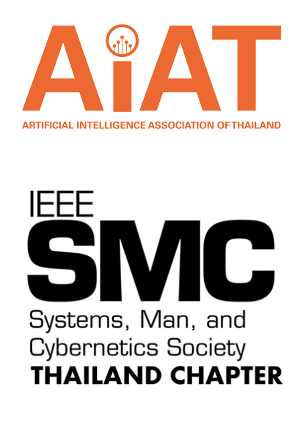Creative Education in Upper Elementary School Class to Improve Attitudes Toward the Use of Concepts in Idea Generation
DOI:
https://doi.org/10.14456/jiist.2022.16Keywords:
Creative Education, Concepts, Motivation, Idea generation, Look-Like ChartAbstract
This study aims to help 10 to 12-year-olds understand that the quality of their ideas can be improved using concepts, which is clearly shown when they generate ideas and develop their attitude toward using the concepts in the future. Here, concepts are words that are more abstract than the final ideas and that have a function to direct new ideas. As a method to improve students’ attitudes toward the use of concepts, the authors showed the concepts in the idea generation process. To improve the attitude toward the use of concepts, the author developed a Look-Like Chart, which is a tool that incorporates the use of concepts in the idea generation process. To evaluate whether the students were able to develop an attitude toward their use, The authors compared the differences between the two groups: the “Shown Concepts” group and the “Not-Shown Concepts” group. A Mind Map was used for the tool that did not show concepts. The results revealed that their attitude toward using concepts was improved.
References
Kampylis, P.G. and Valtanen, J., “Redefining Creativity: Analyzing Definitions, Collocations, and Consequences” Journal of Creative Behavior, 44(3), pp. 191-214. (2010)
OECD, “The Future of Education and Skills Education 2030” OECD (2018)
Erickson, H.L, Lanning, L.A, and French R.,“Concept-Based Curriculum and Instruction for the. Thinking Classroom Second Edition” CORWIN USA (2017)
Amabile, T.M., “Creativity in Context: Update to the Social Psychology of Creativity” Westview Press, (1996)
Finke, R.A., Ward, T.B. and Smith, S.M., “Creative Cognition Theory, Research, and Applications” Bradford Books (1992)
Isii, K. and Iino, K., “Kachidukuri Sekkei (Value creationdesign)” Yokendo (2008)
Japan Creative Society “Jissenn de manabu souzougihou (Creative techniques learned through practice) ” Nikkagiren Press (2020)
Collins, M.A., and Amabile, T.M., “Motivation and creativity” In R. J. Sternberg (Ed.), Handbook of creativity pp. 297-312. Cambridge University Press. (1999).
Runco, M.A. and Chand, I, “Cognition and creativity” Educational Psychology Review, 7, pp. 244-267. (1995)
Shimizu, M., “Gendai kiso shinrigaku 7: Gainenteki Shikou: (Contemporary Basic Phycology 7: Conceptual Thinking)” Tokyo University Press (1983)
Mori, T., Inoue, T, and Matsui, T., “Graphic Cognitive Phycology” Science Press (1995)
Yoshimune, H., “Sekai no souzousei kyouiku (Creative Education in the World)” Nakanishiya Press (2005)
Yumino, K. and Hiraishi, N. “Sekai no souzousei kyouiku Creativity Education in the World” Nakanashiya Press (2005)
International Baccalaureate Organization “Making the PYP happen: A curriculum framework for international primary education” (2009) https://mtpyph.weebly.com/uploads/9/0/6/9/9069240/mtpyph_doc.pdf [accessed 2021.10.3]
International Baccalaureate Organization “MYP: From principles into practice” (2017) https://www.spps.org/site/handlers/filedownload.ashx?mod uleinstanceid=38342&dataid=21191&FileName=arts_guide_2014. pdf [accessed 2021.10.3]
International Baccalaureate Organization “The Diploma Programme: From principles into practice” (2009) https://www.ibchem.com/root_pdf/Principles.pdf [accessed 2021.10.3]
Mizuno, M., “Output no switch (Output Switch)” Asahi Shinbun Press (2012)
Beghetto, R.A. and Kaufman, J.C., “Toward a broader conception of creativity: A case for ‘mini-c’ creativity” Psychology of Aesthetics, Creativity, and the Arts, 1(2), pp. 73-79. (2007)
Guilford, J. P., “Creativity and its Cultivation Chapter 10: Traits of Creativity” pp. 142-161. Harper & Brothers Publishers (1959)
Takeuchi, O. and Mizumoto, A., “Basics and Considerations for Reporting Effect Sizes in Research Papers” English Education Research pp.57-66. (2008)




